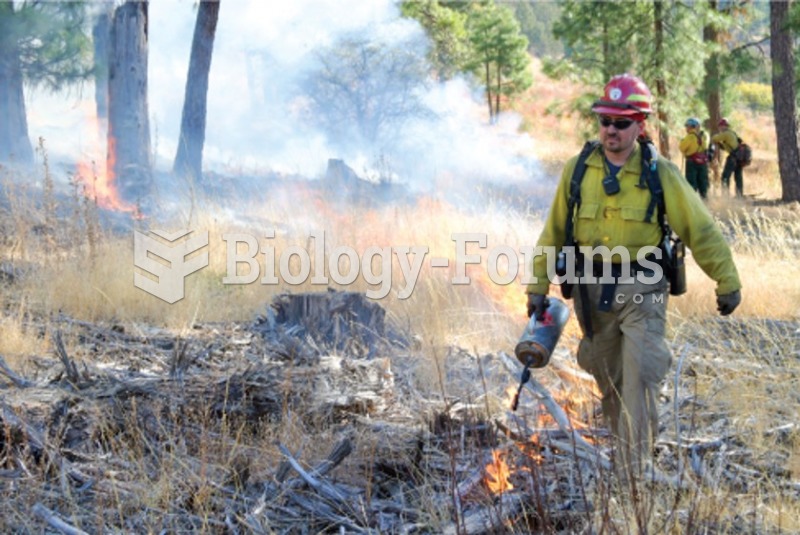Answer to Question 1
A formal organization is a highly structured secondary group formed for the purpose of achieving specific goals in the most efficient manner. Sociologist Amitai Etzioni classified formal organizations into three categories: normative, coercive, and utilitarianbased on the nature of membership in each. We voluntarily join normative organizations when we want to pursue some common interest or gain personal satisfaction or prestige from being a member. Political parties, ecological activist groups, religious organizations, parent-teacher associations, and college sororities and fraternities are examples of normative organizations. Class, gender, and race are important determinants of a person's participation in a normative organization. Class (socioeconomic status based on a person's education, occupation, and income) is the most significant predictor of whether a person will participate in mainstream normative organizations. One of the central characteristics of normative organizations is that membership is voluntary. People do not voluntarily become members of coercive organizationsassoci ations that people are forced to join.
Total institutions, such as boot camps, prisons, and some mental hospitals, are examples of coercive organizations. The assumed goal of total institutions is to resocialize people through incarceration. We voluntarily join utilitarian organizations when they can provide us with a material reward we seek. To make a living or earn a college degree, we must participate in organizations that can provide us these opportunities. Although we have some choice regarding where we work or attend school, utilitarian organizations are not always completely voluntary. For example, most people must continue to work even if the conditions of their employment are less than ideal.
Answer to Question 2
d







